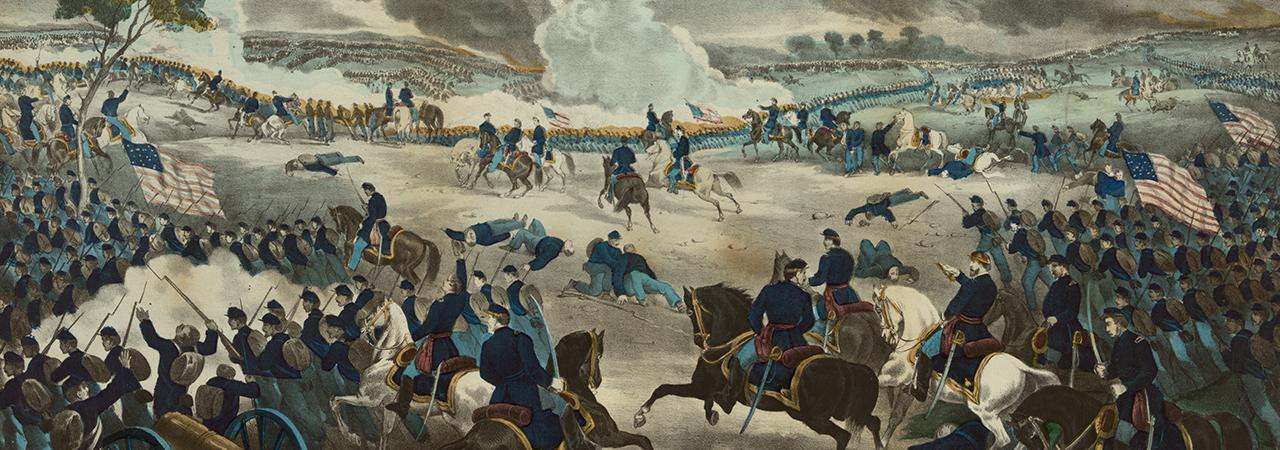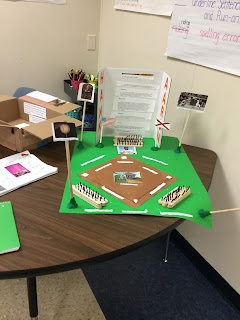How can the tools within Google help teachers and students make learning both collaborative and engaging, along with adding ease to education?
Most Helpful Tool
While learning about all the different tools that Google offers, I believe that Google Classroom with the use of documents, slides, and forms have been the most helpful in my classroom. The ability to use Google Classroom as a Learning Mangement System has provided me with the opportunity to post announcements and assignments to my students while away from the classroom due to professional development, sickness, and snow days. It allows the teacher to communicate with students in a classroom feed, that collects and organizing responses and products of the students. Through Google Classroom I can post an assignment/exit ticket for students to answer questions using a google form. The Google form will then provide me with immediate feedback on responses from the students. I can also post an announcement for students to watch a video on safeshare or provide information on a project. One of my favorite uses of Google Classroom is that if I create a document, attach it to Google Classroom with the make a copy option for each student, I am the owner of their work and have continued access to it without each student needing to share it with me. Google Classroom will keep track of the student work and organize it in my Google Drive.
Success and Challenges
During my exploration of Google Tools, I had both success and challenges. One of the challenges was determining how to connect my Google Calendar with my Google Classroom. I was unable to determine how to get items I posted on the Google Calendar to show on a Google Calendar within Google Classroom. I know that this is something that is possible but at the current time I have not figured out how. I have learned through this research on the connection between Calendar and Classroom, that the assignments posted on my Google Calendar for selected classrooms will show-up on a student's Google Calendar. I find the use of Google Calendar to be difficult compared to the other tools created by Google. I also believe that 6th-grade students still benefit from the use of a paper calendar/agenda. I was successful at using Google Maps for something more than exploration. I look forward to creating additional Google Map Tours for my students to explore the world with guided tours, that are teacher generated based on current learning.
Online Learning
When I was initially a college student, I did think online learning was for me, and I actually did very poorly as a student in an online course. I believe that there are two significant drawbacks to online learning, pacing and face-to-face learning. I think as a teacher it is essential to have a schedule and timeline for the learning process, whereas with online learning it is easy to get busy and "forget" or procrastinate about completing online learning. Online learning scheduling can allow for flexibility of time and education also, this learning style just requires discipline and desire to do well. As a teacher, I find the ability to look at a student while teaching beneficial. I am able to read students facial and body language to get an understanding of their level of knowledge of the topic. As a student, it is easier to ask questions and be engaged in a face-to-face learning environment. I work with a teacher that after teaching all day wants to be away from people, so the ability to do online learning is what is best for her. One of the great things about Google Tools is that it is making online learning closer to the of the classroom setting with the use of tools to promote engagement and collaboration.
Google Extension and Apps
The first step to successfully using Google Extension and Apps in the classroom is to know the difference between an extension and an app. Extensions are added to your chrome browser to enhance what you are able to do with google chrome. Whereas an app is a shortcut to a regularly used web-based application. While exploring the different uses and hurdles to implementing extensions and apps in the classroom, I have learned the following helpful tips.
Search Strategies:
- Narrow your Search based on the type of extension or application you are looking for, with the multitude of extensions and applications available through the Chrome Store, I have found that it is beneficial to narrow that search through the drop-down selection “categories.” The use of the “categories” search narrowing allows you to determine if you want educational, business, games and many more, each of the categories also has subcategories to narrow your search.
- I have also used web searches and website to help me find information on extensions and apps
- https://www.teachthought.com/technology/50-of-the-best-google-chrome-extensions-for-teachers/
- https://www.bettercloud.com/monitor/the-academy/8-chrome-extensions-teachers-love/
- https://www.weareteachers.com/google-chrome-extensions-students/
- Check the rating stars and how many people have used the Chrome extension/spp before determining if it is the right one for you
- Explore the “related” items that are displayed after you add an extension, many times you will find extensions that you didn't know that you were looking for or needed!
Useful Chromebook Extensions/Apps Help Pages:
- How to install or add an app or extension
- How to uninstall an app or extension
- How to pin a Chrome app on your shelf
- How to sync your Chrome account settings - this information is great if you use different Chromebooks or use Google Chrome on a laptop, it will sync your apps and extensions so that you will have the same ones no matter which device you are using to access Google Chrome
Mrs. Wise's Top Google Extensions
- Alice Keller Drive 20 - As a Google Classroom school and user this is one extension that saves me the most time throughout the year. This extension allows me to go to one of my google classroom drive folders, click on this extension and it will open the first 20 documents for me. I group my classrooms by core so I then only have to open 6-8 additional documents singularly.
- Print Friendly & PDF - This extension allows you to create a webpage article into a printable PDF without all the advertisements and links that surround it when web browser based
- Google Dictionary - This extension allows students to quickly check the definition of a word without having to open an additional tab. I like the benefit of this allowing students to stay on the website or document that they are reading without the distraction of opening and searching on a different tab.
- Grammarly - A very advanced spell and grammar checker, I use this for all documents that I will be presenting to students, parents, and colleagues; this extension is one that I pay for the premium version. Grammarly is a website based extension that will check our writing on many different levels of critique based on your settings. One of the things I like about Grammarly is it also monitors your writing for repetition of words and makes suggestions to improve your style of writing. FYI - this is NOT Google based and will not sync with google documents, to check the google documents it requires copy and paste into the website.
- Google Cast for Education - This extension allows students to cast their Chromebook Screen to another computer. I let this to cast to my school laptop and then onto the smartboard in my classroom. I have used this at different times when students found something fascinating on their Chromebook or we are working through a process, and I want the students to see it from a student view.
- Screencastify - An extension that allows you to record a screencast of your Chromebook screen with an audio recording for students to then use to learn, reinforce, or remind; I have used this for how to format a paper, shared it in google classroom, and then students always have it as a reference of paper formatting.


































